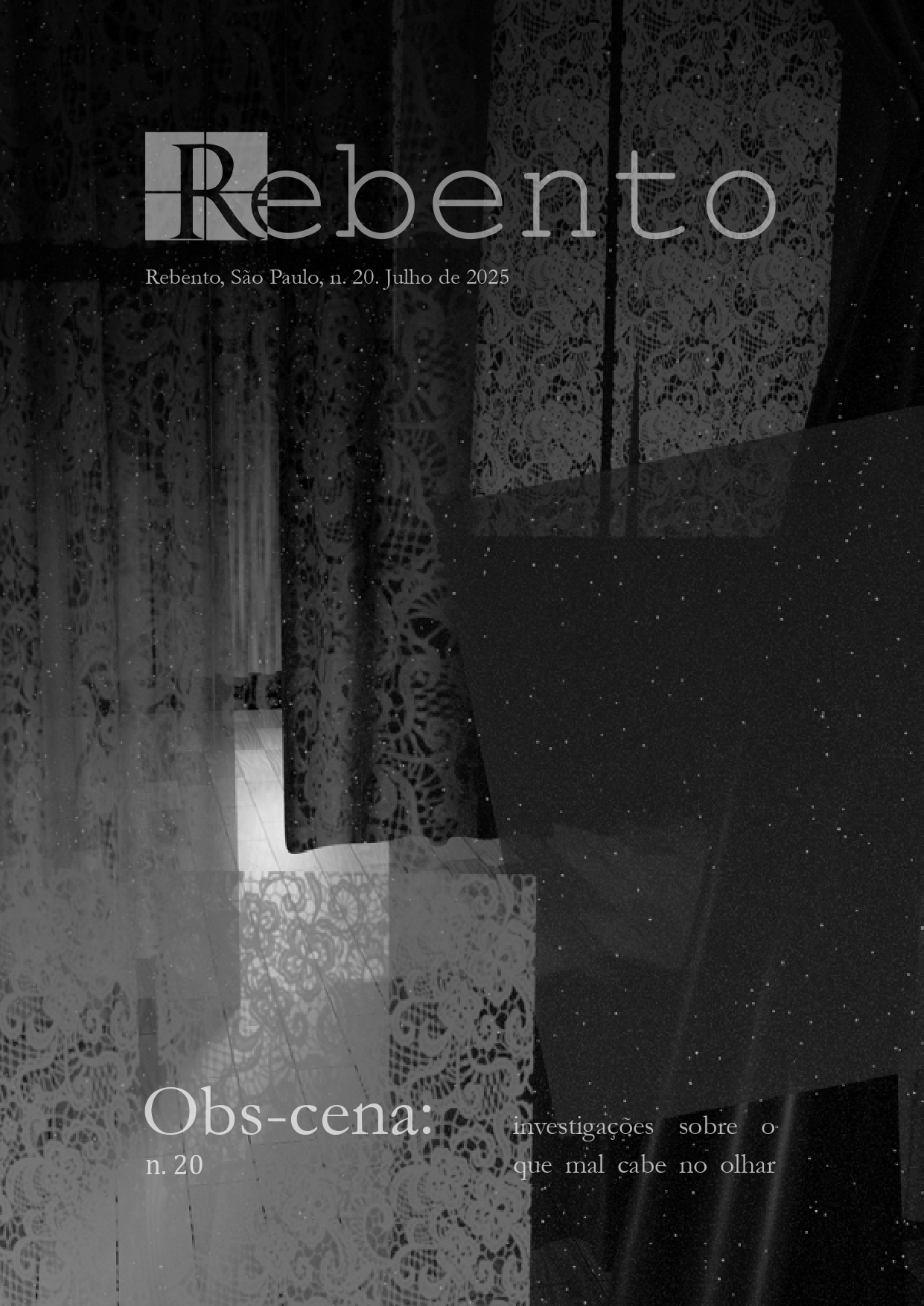Ceramics as a contemplative activity in the face of the excesses of the Digital Age
Abstract
Nowadays, with the increase in the use of mobile devices, the sense of contemplation and the ability to pause in front of images has been impaired. In a world where the overabundance of information threatens to overshadow the sense of touch, the capacity of attention and the processual in art, the aim of this text is to expose how ceramics emerges as an act of resistance. Its practice, being physical and material, invites us to pause, creating a moment and a place of rest; an alternative to the omnipresent visual spectacle. Throughout this article, we will discuss how ceramics, a traditional art that can be time-consuming to create pieces, also help us stop and meditate on this frenetic society in which we live. To this end, we rely on the reflections of thinkers such as, Byung-Chul Han or Zygmunt Bauman, among others, exhibiting a series of original artworks that exemplify, in a creative way, the subject at hand. Thus, we intend to reflect on the possibilities offered by ceramics as a meditative and artistic proposal to the world we inhabit, conditioned by a look linked to digital devices. Keywords: Cell phones; Ceramics; Artistic creation; Memory; Time.Downloads
Published
Issue
Section
License
É responsabilidade dos autores a obtenção da permissão por escrito para usar em seus artigos materiais protegidos por lei de Direitos Autorais. A revista Rebento não é responsável por quebras de Direitos Autorais feitas por seus colaboradores.
Os autores mantêm os direitos autorais e concedem à revista o direito de primeira publicação, com o trabalho licenciado sob Licença Creative Commons do tipo atribuição CC BY-NC:
Atribuição (BY): Os licenciados têm o direito de copiar, distribuir, exibir e executar a obra e fazer trabalhos derivados dela, conquanto que deem créditos devidos ao autor ou licenciador, na maneira especificada por estes.
Uso Não comercial (NC): Os licenciados podem copiar, distribuir, exibir e executar a obra e fazer trabalhos derivados dela, desde que sejam para fins não-comerciais.
Após a publicação dos artigos, os autores permanecem com os direitos autorais e de republicação do texto.


